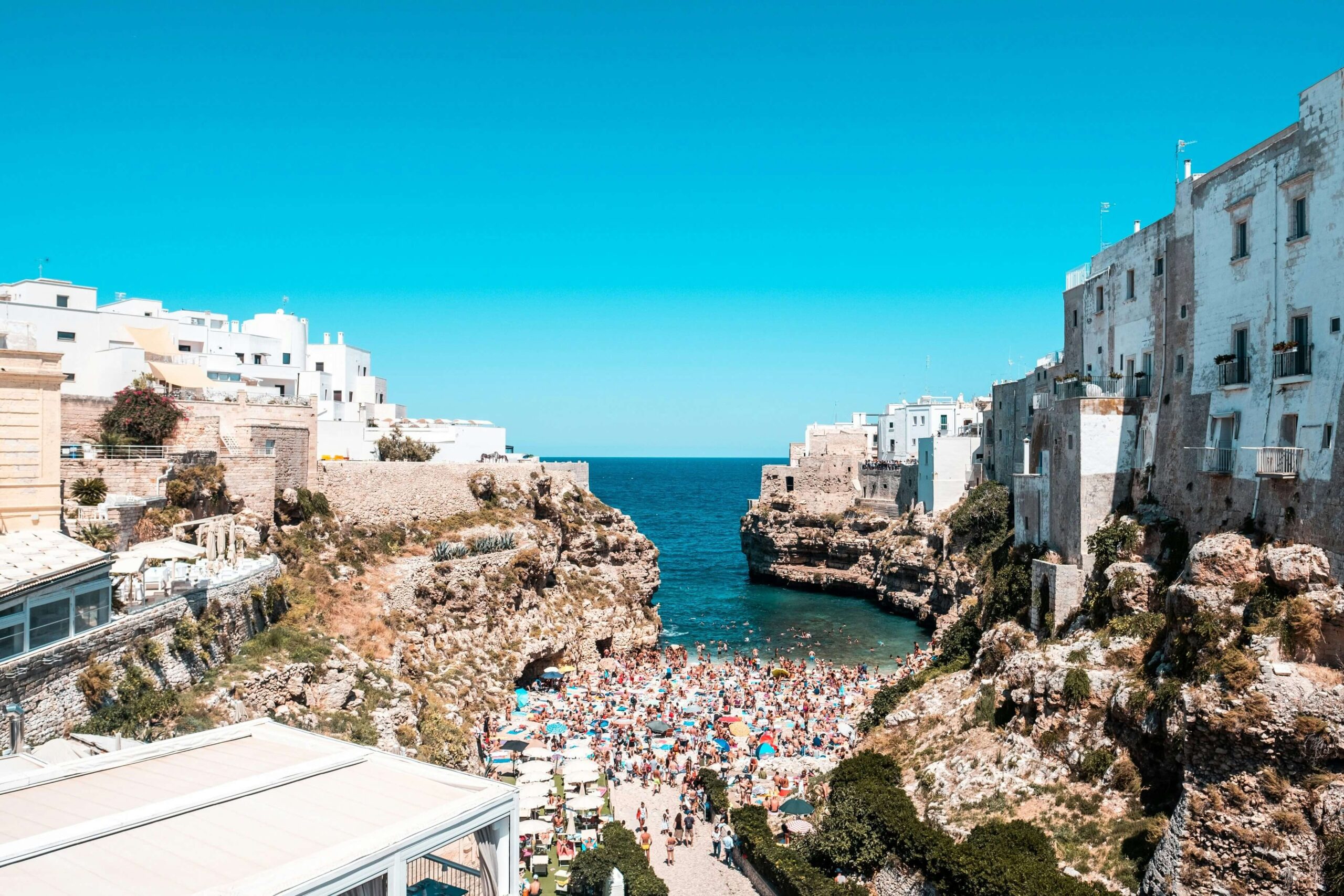In the south of Italy, specifically in the region of Puglia, there are ancient constructions that catch the attention of tourists from all over the world. They are called trulli, and they are widely recognized for their circular shape, whitewashed walls, and conical roofs. Built without cement, they now stand clustered together like a village from the past, becoming a true symbol of Puglia. But behind their walls and distinctive rooftops lies more than just an architectural style: there is a story of adaptation, survival, and cunning.
Uncertain origins, clear function
The origin of the trulli does not have a precise date. It is known that their structure dates back to ancient times. For centuries, peasants from this southern Italian region built these houses as storage units. They were constructed without mortar, which allowed them to be dismantled quickly. Why? To avoid paying taxes to the Kingdom of Naples, which imposed levies on houses built with permanent techniques. This kind of “fiscal architecture” has reached us intact and has become an icon. The town of Alberobello was declared a UNESCO World Heritage Site in 1996 due to the large number of trulli present in the area.
Their unique construction
At first glance, the exterior of a trullo might seem like a simple rural dwelling. But with a closer look, one begins to notice certain codes. The roofs, often adorned with symbols, reflect ancient beliefs. Crosses, suns, moons, signs that resemble alchemical glyphs—each one carries a meaning that is now known only to the elders of the region. The interior, meanwhile, surprises visitors with its coolness in summer and its capacity to retain warmth in winter. The thick walls and conical roof ensure outstanding natural ventilation. This primitive architecture, based more on logic than on ornamentation, has survived for centuries with no need for alteration.
Sleeping inside a story
Today, many of these trulli have been converted into tourist accommodations, shops, and restaurants. In Puglia, they are maintained using traditional materials and building techniques. If you’re planning a trip to this region, be sure to check out trulli hotels Puglia, where you can stay in various trulli equipped with all kinds of services and amenities. Spending the night in a trullo offers an unparalleled experience, one that takes you back in time.
A setting of hills and whitewashed villages
Beyond Alberobello, trulli dot the landscapes of towns like Locorotondo, Cisternino, and Martina Franca. There are no crowds or souvenir shops on every corner. What you’ll find is silence, suspended time, and details that speak to those who know how to observe: an unvarnished wooden door, a cat napping on the rooftop, a basil plant growing between stones. The rural setting of the Itria Valley becomes almost a character in its own right in this story. The contrast between the whitewashed walls and the vast vineyards, between the soft curves of the hills and the fields of crops, creates an indescribable landscape harmony.
What is the most striking thing about the trulli?
Perhaps the most striking part of a journey through the trulli is not their appearance, or even their history. It is the awareness of having been in a space that has endured without seeking permission. A place where the sacred and the practical coexist. Where there is no show, but there is truth. And you begin to wonder whether the secret of these small stone cones lies not so much in their shape, but in the stubbornness with which they continue to stand, quietly defying the passage of time.

